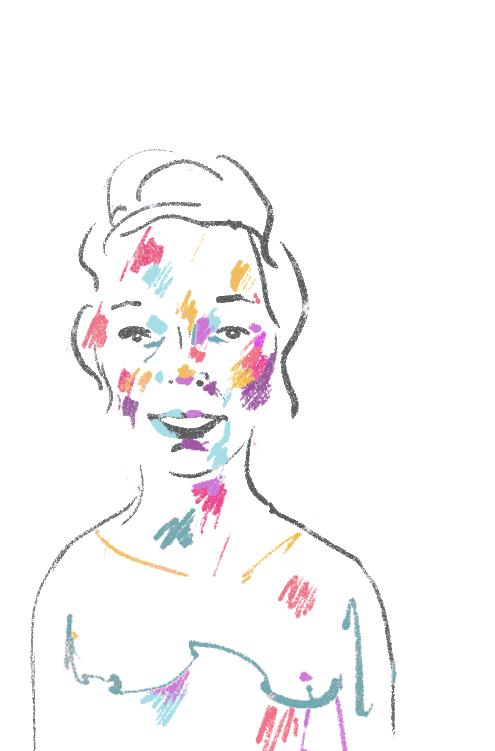
The three universal characteristics mentioned in Buddhism are impermanence (anicca), dissatisfaction (suffering) (dukkha) and non-self (anatta). When we realise that everything is impermanent, we are free from attachment to things, craving them, and the resulting dissatisfaction and suffering. What we love, what we enjoy, and what we hate have no meaning. And so we realise that in the ever-changing, evolving and fluctuating nature, there is no fixed component that can be "me.”

After switching to the practice of Buddhism, to experience and integrate Buddhism through my art and to transform my healing process into research and a journey, I worked on impermanence, i.e. "anicca" for the exhibition "A Narrative Matter" curated by Gözde Filinta. The installation was inspired by what I observed in a meditation I focused on anicca while staying in a Buddhist temple four years ago.







The three universal characteristics mentioned in Buddhism are impermanence (anicca), dissatisfaction (suffering) (dukkha) and non-self (anatta). When we realise that everything is impermanent, we are free from attachment to things, craving them, and the resulting dissatisfaction and suffering. What we love, what we enjoy, and what we hate have no meaning. And so we realise that in the ever-changing, evolving and fluctuating nature, there is no fixed component that can be "me.”
After switching to the practice of Buddhism, to experience and integrate Buddhism through my art and to transform my healing process into research and a journey, I worked on impermanence, i.e. "anicca" for the exhibition "A Narrative Matter" curated by Gözde Filinta. The installation was inspired by what I observed in a meditation I focused on anicca while staying in a Buddhist temple four years ago.
